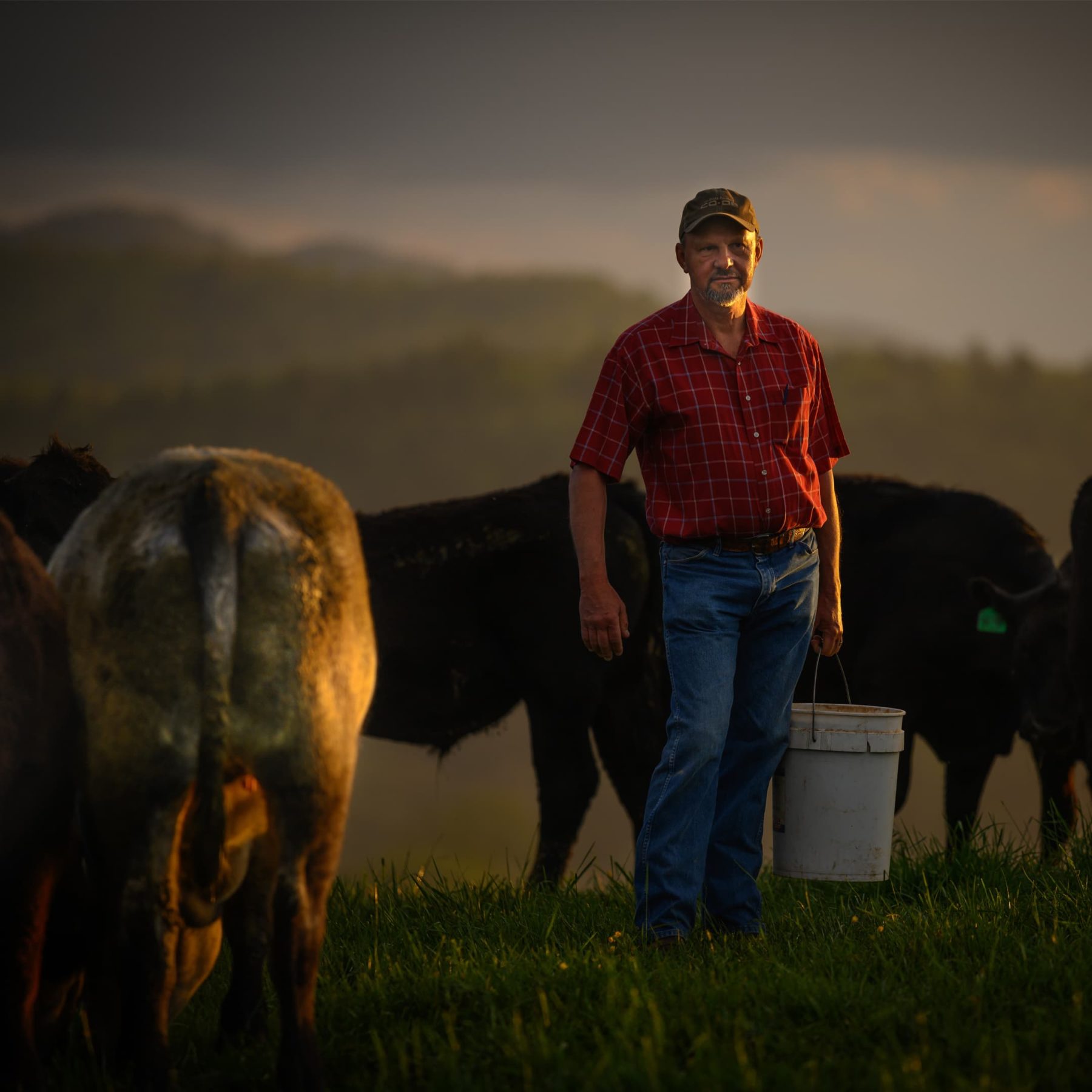Getting beef from the pasture to the consumer’s plate is a complex process, and successfully moving beef through the supply chain is just one part of it — then, the Beef Checkoff’s Channel Marketing Program comes in.
The Beef Checkoff-funded Beef. It’s What’s For Dinner. Channel Marketing Program promotes beef through various distribution channels, such as retail stores, distributors, manufacturers and restaurants. By building relationships with these channels and supply chain operators, the Beef Checkoff can effectively target and engage with customers directly where they shop and dine. The Channel Marketing Program provides knowledge, education and resources to drive supply chain operators’ marketing decisions to sell more beef.
A TRUSTED BEEF RESOURCE
The Beef Checkoff has established itself as the educational and promotional beef hub for its supply chain partners. How? By delivering high-value content about beef that informs their beef buying and marketing decisions.
The Beef Checkoff connects with its partners and food professionals through the popular Beef News Now newsletter. Distributed to 4,300 industry professionals, the bi-monthly newsletter delivers the latest foodservice and retail news, trends and hot topics from the beef industry. Additionally, these professionals are encouraged to attend Checkoff-funded educational webinars, which focus on topics like beef sustainability and consumer insights for both retail and foodservice.
Another resource available to food professionals is Beef University. Customers rely on foodservice professionals and butchers to be expert sources on the foods they purchase. The Beef University modules provide information on how beef is raised, how to select and prepare various cuts of beef, and the health and nutrition benefits of beef. Once food professionals understand beef’s ‘ins and outs’, they can deliver superior customer service and improve their bottom line.
EVENT ENGAGEMENT
The Channel Marketing team can also be seen at industry conferences and events, alongside key decision makers from across the supply chain. This past fall, the team was invited to present at the Performance Food Service (PFS) Protein Summit. PFS is a leading national foodservice distributor with operating companies across the U.S., servicing thousands of foodservice operators. Participating in the summit provided the opportunity to share beef insights and trends, arming protein specialists with information and resources they can use with their top beef customers. Additionally, the team was active at the Annual Meat Conference and National Restaurant Association show. These events allow the Beef Checkoff to deepen relationships with existing partners and establish relationships with new accounts to sell more beef.
Another event coming up this fall is the Beef Business Summit, an exclusive, immersive event for leaders from top retail, foodservice, distributor and manufacturing companies. The three-day event will focus on all things beef and provide solutions to optimize beef sales in the changing marketplace. The event’s goal is to build loyalty and partnership and ultimately drive beef sales.
Leading companies, from quick-service restaurants to fast-casual restaurants to manufacturer partners, also have the opportunity to work with the Beef Checkoff-funded Beef. It’s What’s For Dinner. Culinary Center1. Here, these partners can receive help with menu development, explore current trends and market insights, experiment with new cuts and cooking methods or expand existing beef items into new menu concepts.
Through these efforts, the Beef Checkoff works to provide industry professionals, partners and companies with valuable beef facts and insights they can apply to improve their businesses.
E-COMMERCE CAMPAIGNS
The Channel Marketing Program also directs e-commerce efforts, capitalizing on the growing trend of online food shopping. E-commerce continues to grow at a rapid pace. Looking only at grocery data, projections are that e-commerce will make up 20 percent of the grocery market by 20262.
The Beef Checkoff’s e-commerce projects involve partnering with national grocery and restaurant chains across the U.S. These projects meet consumers at their purchasing decision points and drive measurable results as the team can track a consumer from advertising to purchase, showing a direct return on investment. In 2023, e-commerce campaigns delivered an average return on ad sales of $47. This means that, on average, every $1 invested resulted in $47 in beef sales, a tremendous return on investment.
One recent e-commerce campaign with a national club store delivered the highest return on investment to date, with $18M in incremental beef sales. This campaign delivered an average return on ad sales of $93. This means that, on average, every $1 invested resulted in $93 in beef sales.
Beef nutrition was the focus of the most recent e-commerce campaign that ran during American Heart Month. “Lean Beef. Smart For Your Heart” ads were seen by consumers shopping on retailer websites and mobile apps, as well as on popular consumer websites like Weather. com, the Today Show online and more. Campaign results showed that 26 percent of the ad-exposed buyers were new and had not purchased beef from the retailer in the past year, demonstrating that e-commerce can be powerful in inspiring consumers to choose nutritious beef.
New this year is the addition of regional e-commerce campaigns, reaching a broader audience of online consumers. These campaigns will support the Checkoff-funded Little League effort by promoting beef in the cities where the Little League playoffs and Little League World Series will be held.
Also, coming up this fall, a national tailgating campaign promoting beef as the protein of choice for game day. Eighteen State Beef Councils and the Northeast Beef Promotion Initiative (NEBPI), a contractor to the Beef Checkoff, will also participate in this campaign to extend the messaging into their local markets.
Through these collective efforts, the Beef Checkoff drives beef sales and empowers leading supply chain partners with solutions, expertise and resources to help them confidently menu and market beef.





